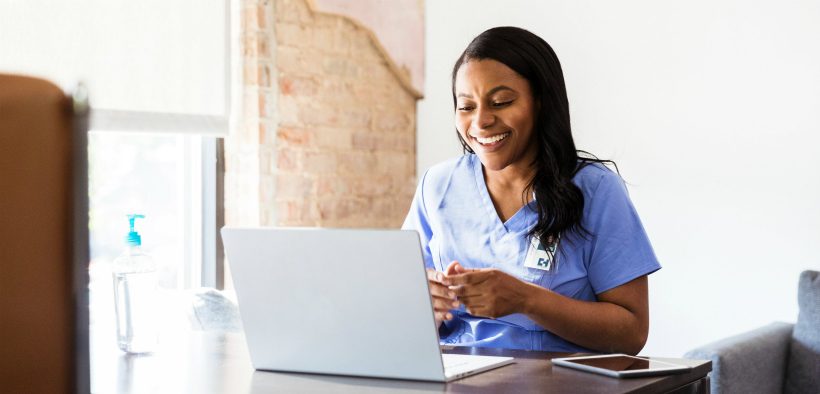Labs are a common component in nursing courses. In our health assessment course at York University, students attend a two-hour lecture followed a two-hour lab, where they put into practice the concepts covered in the lecture. The lab rooms are set up like healthcare facilities, and students take turns acting the role of a patent or a nurse and performing physical exams on one another under the eye of an instructor. The pandemic required that we move the laboratory simulations online, but we were surprised by how much a combination of digital and physical props could do to replace the institutional labs.
Teaching a Nursing Lab Online

Related Articles
I have two loves: teaching and learning. Although I love them for different reasons, I’ve been passionate about...
Active learning is a mostly meaningless educational buzzword. It’s a feel-good, intuitively popular term that indicates concern for...
Perhaps the earliest introduction a student has with a course is the syllabus as it’s generally the first...
Generative AI allows instructors to create interactive, self-directed review activities for their courses. The beauty of these activities...
I’ve often felt that a teacher’s life is suspended, Janus-like, between past experiences and future hopes; it’s only...
I teach first-year writing at a small liberal arts college, and on the first day of class, I...
Proponents of rubrics champion them as a means of ensuring consistency in grading, not only between students within...








